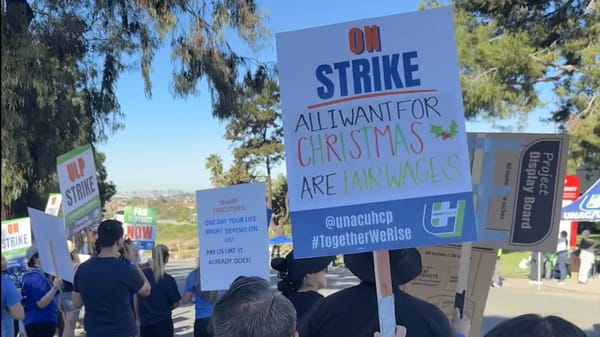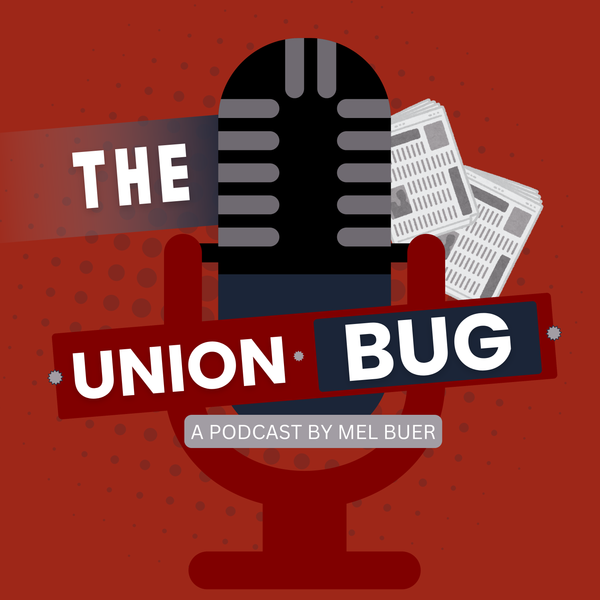Kaiser Nurses head back to work after 5 day strike
Thousands of healthcare workers are back to work after a groundbreaking 5-day strike last week. Negotiations set to resume next week.
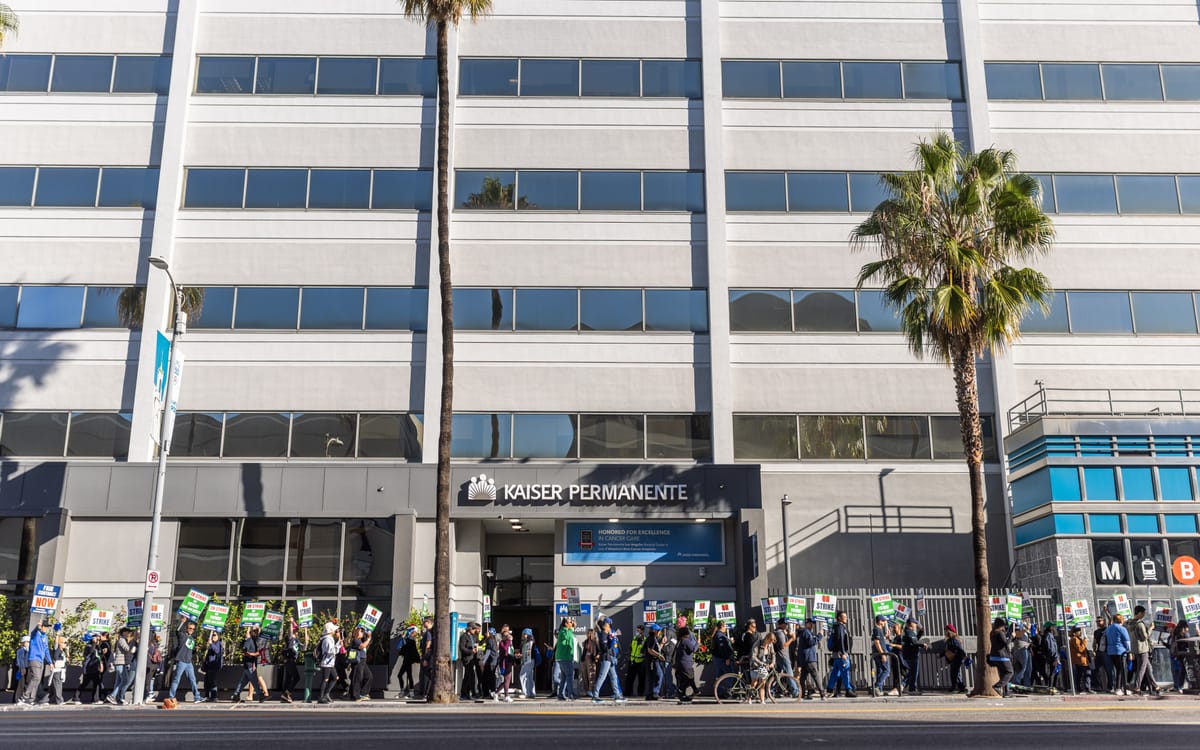
Workers are heading back to work today after tens of thousands of workers represented by UNAC/UHCP (United Nurses Associations of California/Union of Health Care Professionals) manned picket lines for five days last week in California, Oregon, and Hawaii. On Oct. 14, thousands of nurses and other healthcare professionals at Kaiser Permanente on the west coast walked off the job on strike after negotiations with the private healthcare system stalled out last month.
"This story isn’t just about numbers — it’s about patients, burnout, and a health care system at a breaking point," the union said in an Oct 13 release ahead of the strike. "Kaiser made nearly $13 billion in profit in 2024 and holds $66 billion in reserves, yet refuses to meet reasonable proposals that would stabilize the workforce and improve care."
After months of attempts at good faith bargaining, workers struck to draw attention to Kaiser's attempts to stall the process. "Our union made repeated attempts to reach a fair agreement. This dispute centers on staffing levels, respect for professional expertise, and patient safety — not just pay," the release continued.
Several workers spoke with Words About Work out on the picket line in Los Angeles on Oct 15, where the mood was joyous and militant. Hundreds of workers walked the sidewalk and danced together in the sunshine--after the first day of their strike was marked by an all-day downpour. Despite the less-than-ideal first-day conditions, workers turned out in droves to stand together on the picket line, and that energy carried over into the second day.
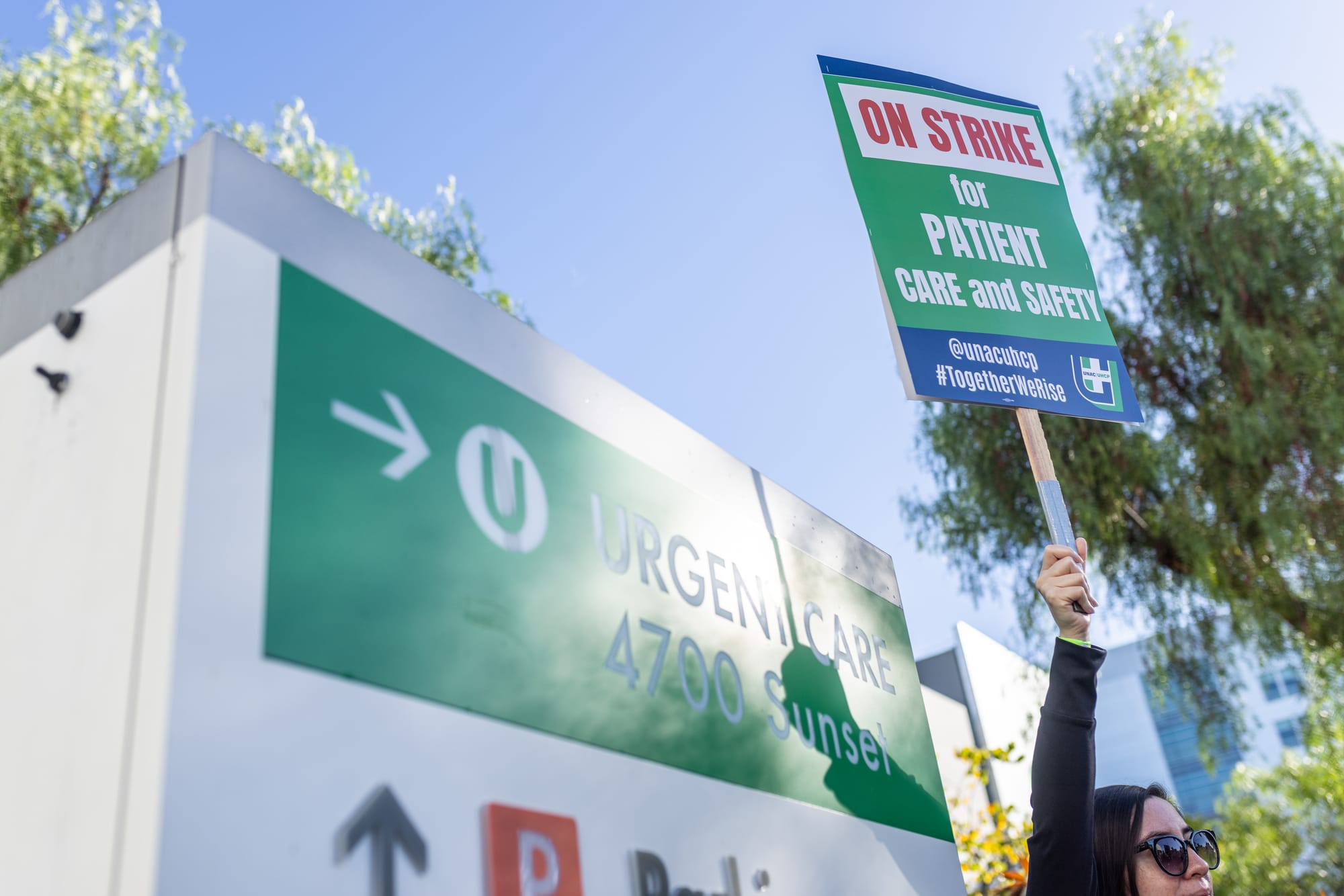
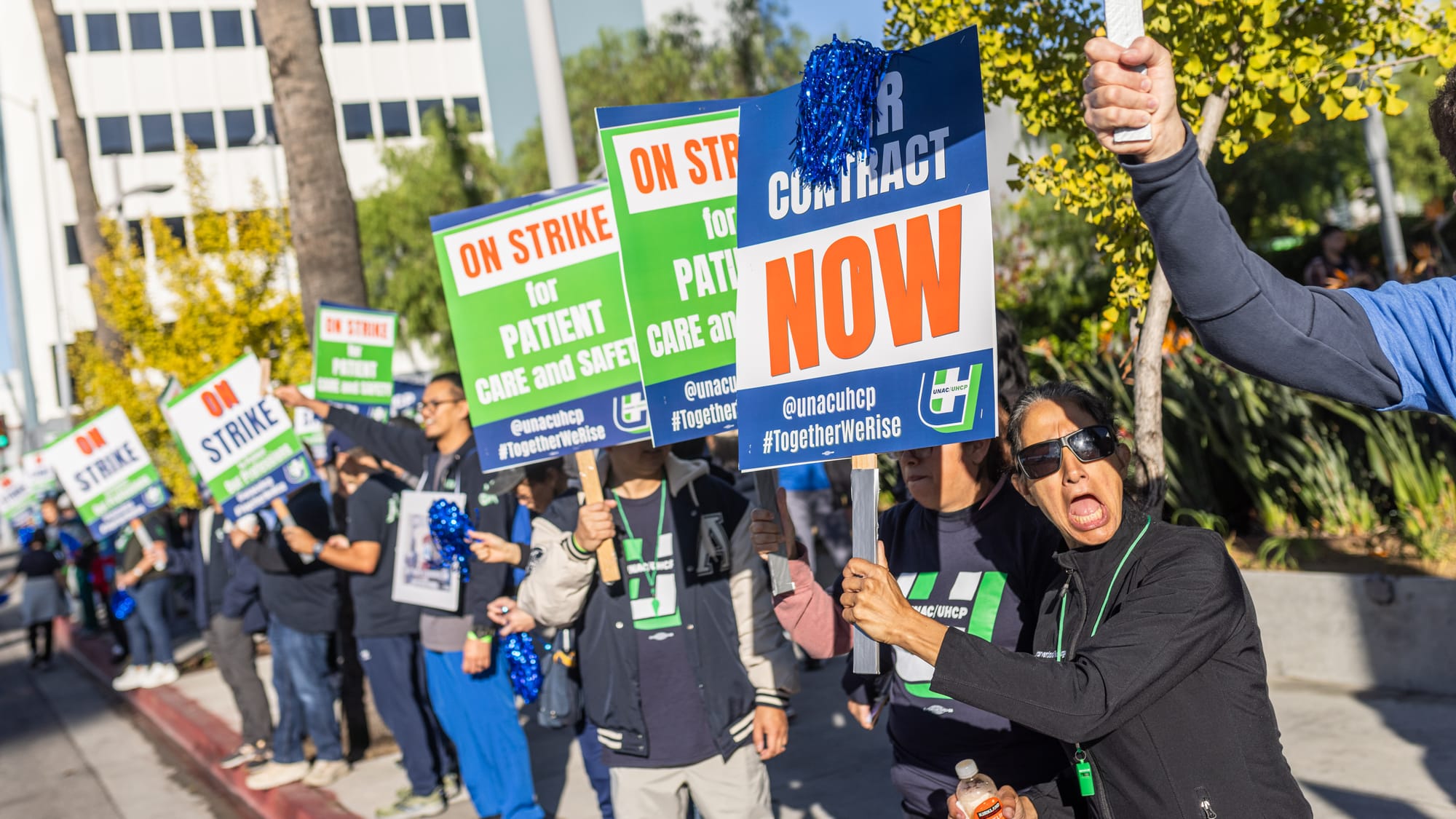
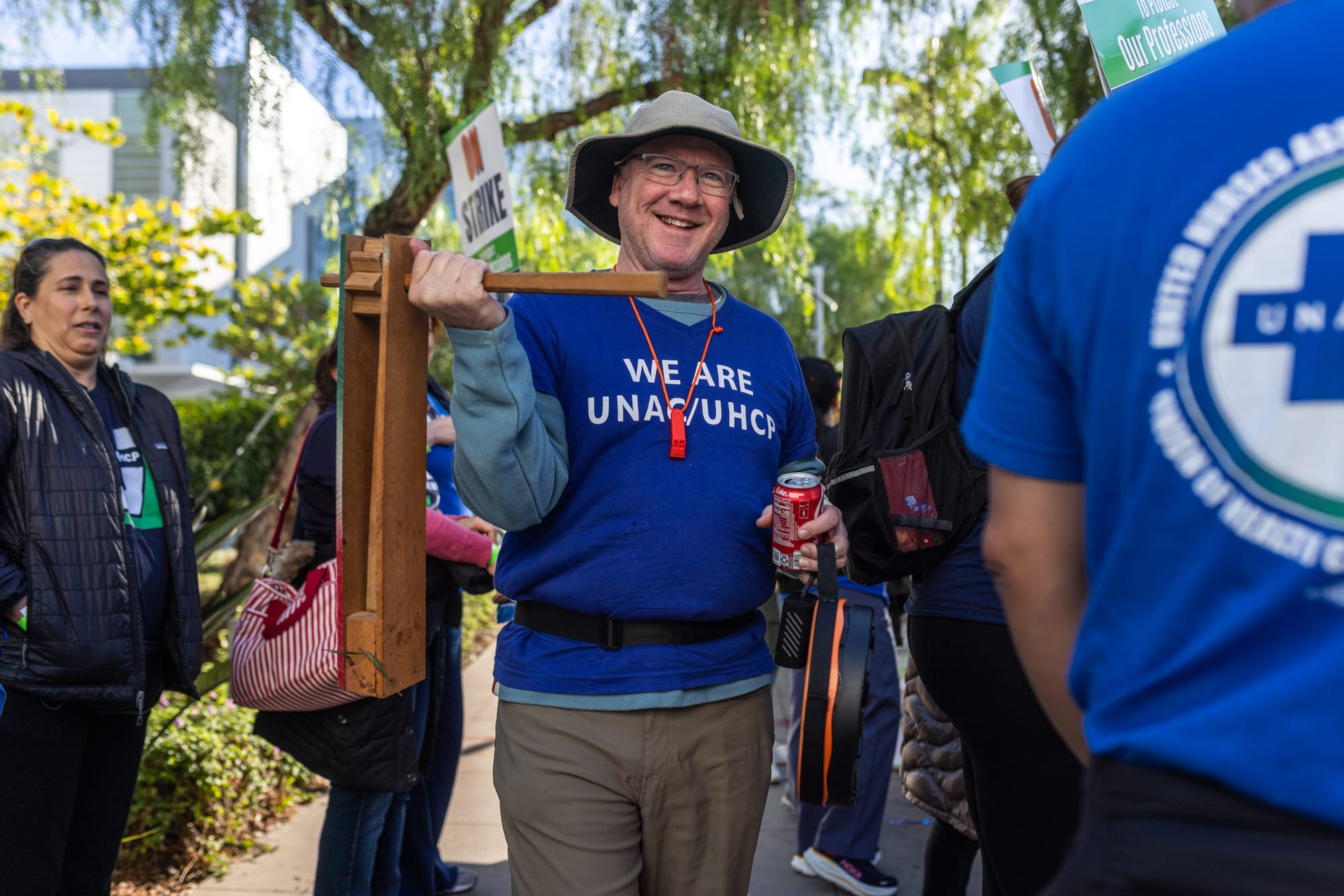
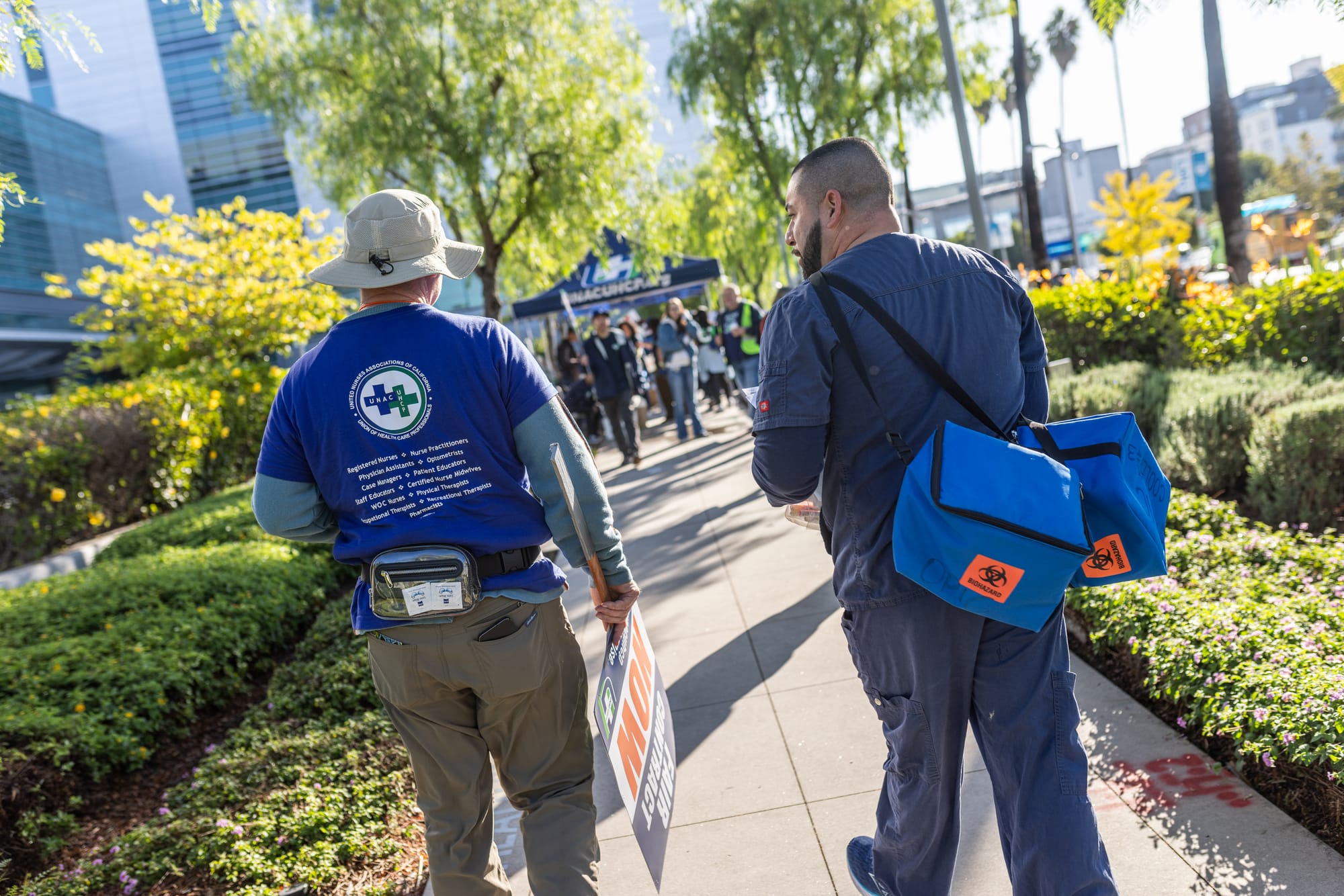
Striking healthcare workers hit the picket line together in Los Angeles on Oct 15, 2025. Photos by J.W. Hendricks.
In the midst of the strike, the Joint Commission, an organization the accredits more than 22,000 US healthcare organizations and programs, formally recognized staffing as a critical component of healthcare quality and included it in the 2026 National Performance Goals. Previously staffing was considered more of a budgetary or operational concern; this new guidance shifts the messaging to key in on what many in the healthcare sector have been ringing the bell about for years: that patient outcomes suffer when hospitals are understaffed.
David Verdiner, Delegate to the Executive Council and RN in the GI department spoke with Words About Work out on the picket line last week. "We're out here today for three reasons. One: patient safety, two: we need better staffing, and three: competitive wages to attract that better staffing." As with much of my recent coverage of healthcare strikes over the last year, struggles like these are not just a labor issue, but a patient care issue. Without adequate staffing in hospitals, mental health centers, and outpatient clinics, patient care suffers tremendously.
Emergency Room RN (Registered Nurse) Hector Raygoza stood outside the Los Angeles Medical Center last Wednesday, where he has worked for decades. Decked out in a neon yellow vest and union t-shirt, he shared his thoughts about why it was important for workers to come out on strike in the midst of bargaining. "We're out here--it's a joyous crowd--this how we treat our patients: with joy," he said. "We love our patients, and we wish we were in there taking care of them, but we have to do this in order to have our voices heard."
"I love the company that I work for," Raygoza continued. "Just want higher leadership to just come to the table and just hear us out."
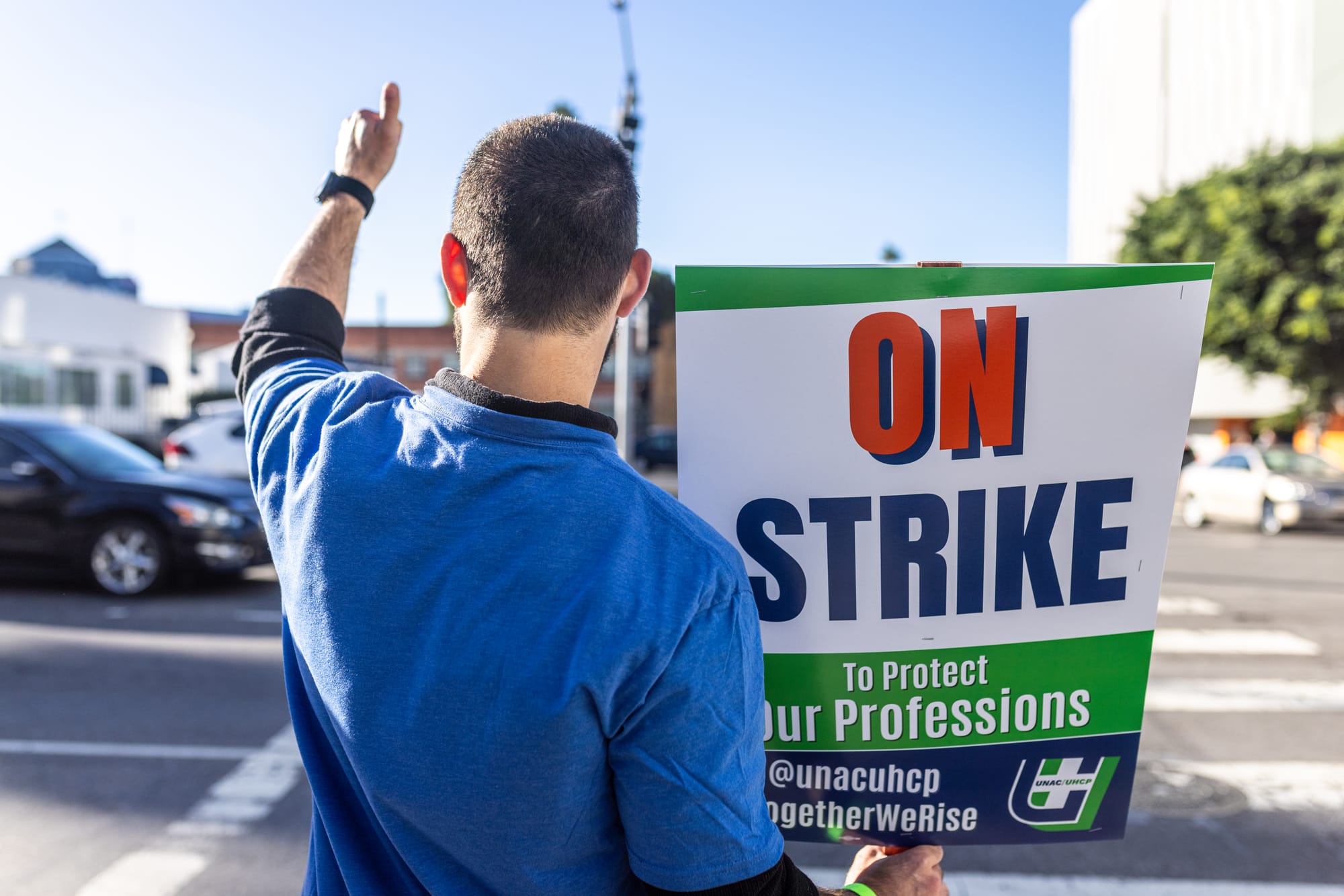
"I think right now is a very important time for unions, for labor," Verdiner said. "There's been a lot of cut backs, there's a lot of economic headwinds coming up and we really need to have the proper support financially and physically in the hospital to effectuate good care and maintain our lives and quality of lives."
Bargaining with Kaiser will resume on Oct 28 and 29.


